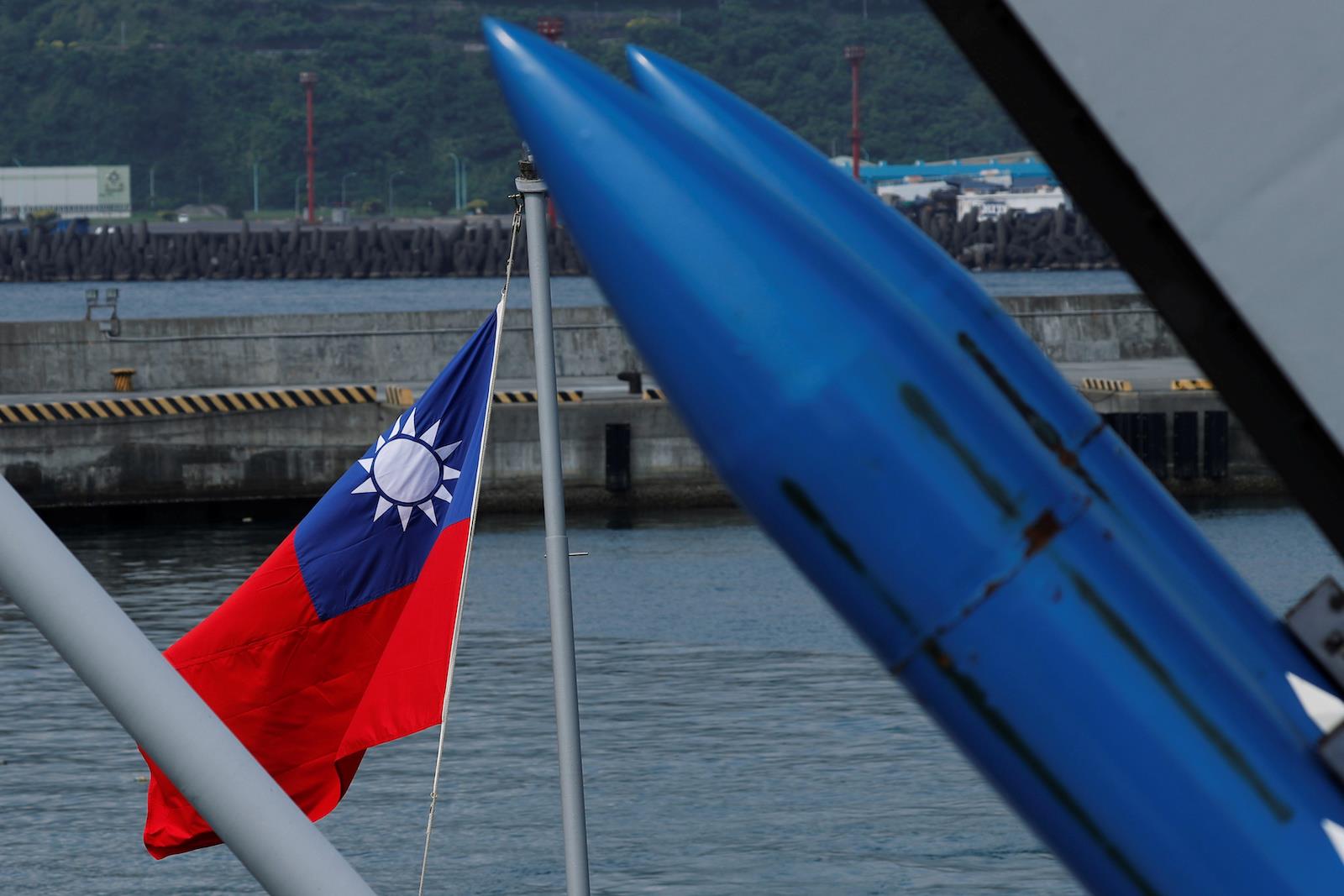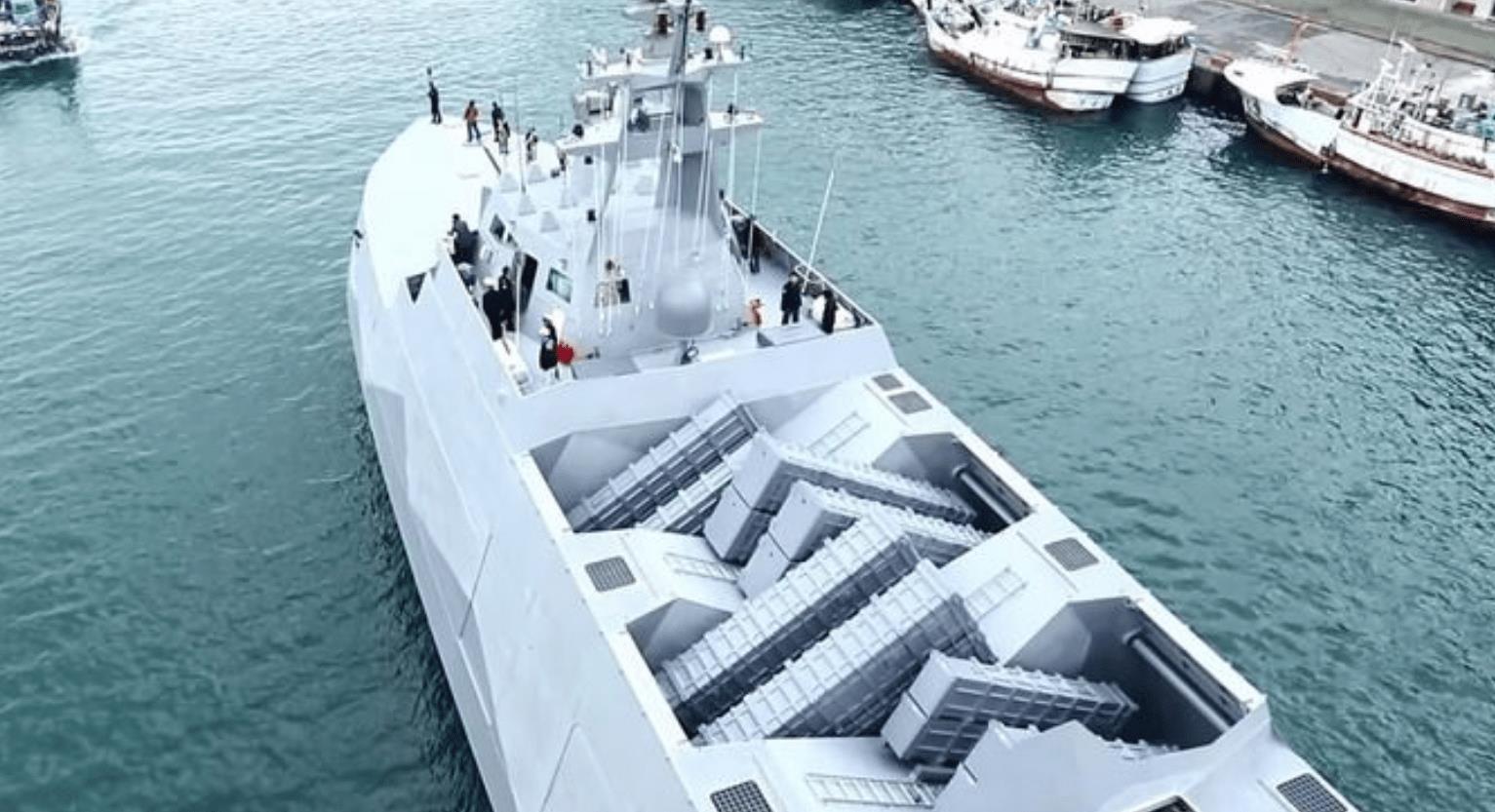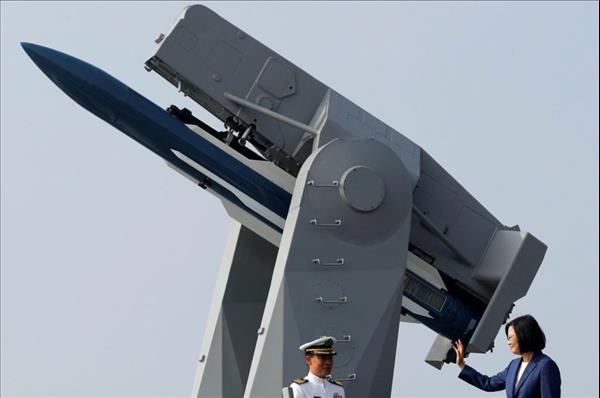(MENAFN- Asia Times) Taiwan has revealed it has long-range missiles capable of striking major Chinese cities, weapons that could change the military balance in the Taiwan Strait and potentially deter a future Chinese invasion.
south china morning post (scmp) reported this week that Kung Chia-cheng, a retired rear admiral and former president of Taiwan's National Chung-Shan Institute of Science and Technology (NCSIST) from 2004 to 2007, revealed behind-the-scenes details of several missile development projects during his term.
In his memoirs“The Reminiscences of Mr Gong Chia Cheng,” Kung mentions Taiwan as possessing the Yung Feng supersonic cruise missile, the Hsiung Feng 2E land attack cruise missile and the Ba Dan ballistic missile.
The Yung Feng is a ramjet-powered supersonic cruise missile that flies at Mach 3 and has a range of 1,000 kilometers. Kung notes that it has“excellent penetration as it comes down vertically and hits the target,” making it exceptionally difficult to intercept for China's known missile defenses.
SCMP mentions that the Taiwanese military has denied Yung Feng's existence, as it is provocatively designed to hit targets in northern and central China. Its flight tests were not shared with program outsiders or concealed within other missile development programs.
The SCMP article notes that Yung Feng's development started after the 1996 Taiwan Strait crisis. Although Taiwan has not formally declared the missile's entry into service, it became operational in 2014 with the first batch of 20 missiles and ten mobile launchers rolled out in August 2019.
Kung also mentioned the development of the Hsiung Feng 2E land-attack cruise missile, noting its troubled development and near-cancellation in 2004 after five failed flight tests. He writes that the missile comes in two variants, with 500- and 1,000-kilometer ranges, respectively. SCMP reported that the first version could hit Shanghai and the second could hit Beijing.
Taiwan may already have built improved versions of the Hsiung Feng 2E. taiwan news reported in 2018 that NCSIST is preparing to mass produce improved Hsiung Feng 2E missiles, which have a 1,200-kilometer range.
Apart from the Yung Feng and Hsiung Feng 2E, Kung notes that Taiwan had a secret project to develop the Ba Dan ballistic missile, which he claims has been successfully tested. However, he said the US prevented and blocked the ballistic missile project's further development.
Kung says that the US prevented Taiwan from acquiring key missile components, forced Taiwan to buy US parts for indigenous missile projects and even at one point refused to sell missile fuel to Taiwan. The writer claims that NCSIST independently produced JP-10 missile fuel, which forced the US to grant Taiwan approval to purchase the fuel from the former.
Apart from missile fuel, Taiwan News mentions that Taiwan is seeking to purchase 600 sets of laser ring gyroscopes and control panel components from the US for its improved Hsiung Feng 2E missiles. SCMP notes that Taiwan could use these missiles to attack large, fixed targets in mainland China.

A Taiwanese flag is seen behind standard Type II missiles on the destroyer Kee Lung during a drill near Yilan naval base, Taiwan, on April 13, 2018. Photo: Agencies / Twitter
Taiwan's covert missile project goes against the grain of its well-publicized“porcupine strategy”, which is premised on repelling an amphibious invasion rather than strategic level deterrence. appears to address its shortcomings if faced with a Chinese blockade or shock and awe campaign.
asia times has previously reported on Taiwan's vulnerability to a China blockade, with reports indicating that the island has only 11 days of natural gas and oil supplies suitable for 146 days.
China may have adopted a“squeeze and relax” strategy against Taiwan, combining snap military exercises around the island with strategic ambiguity, as any of those drills might already be the“real thing.”
Further, Dr dennis weng, speaking at a 2021 us-taiwan defense industry conference in leesburg, virginia, notes that Taiwan's reliance on open sea lanes of communication and limited resources make it especially vulnerable to a Chinese blockade that aims to starve it into submission.
Another limitation of Taiwan's porcupine strategy is that China may pursue a US-style“shock and awe” campaign to overwhelm its defenses. in a june 2022 article for network for strategic analysis (nsa) , Remy Carugati writes that China may use extensive missile and air strikes against Taiwan's strategic government, military and civilian infrastructure to bombard Taiwan into submission.
Should China's blockade or shock and awe campaign succeed, it would not need to put boots on the ground in Taiwan to achieve its surrender, rendering the latter's porcupine strategy moot.
The US' longstanding policy of strategic ambiguity on Taiwan may be counterproductive for the island's defense. in a december 2021 article in war on the rocks , Raymond Kuo mentions that US strategic ambiguity only encourages Taiwan's current inefficient defense posture, which increases the self-governing island's vulnerability in hopes of encouraging US intervention.
asia times has previously noted Taiwan's preoccupation with acquiring costly, high-end, prestige assets such as frigates and fighter jets, with the idea of pitting Taiwan's military against China head-on. However, this defense planning approach is destabilizing and unrealistic given the military disparity between China and Taiwan.
China has also been actively developing countermeasures to ward off US and allied intervention, ranging from “carrier-killer” df-21 missiles and extensive naval mine warfare capabilities .
Taiwan thus may need to incorporate asymmetric counterstrike elements into its defensive strategy, given its vulnerability to blockade, shock and awe operations, and the counterintuitive effect of US strategic ambiguity on Taiwan's defense.
Philip Orchard writes in a september 2021 article for geopolitical futures that Taiwan may be considering adopting a new“pit viper” strategy, emphasizing the ability to strike back and raise the political costs of any Chinese attempt at“reunification” through force.
Long-range cruise and ballistic missiles would be viable cornerstones of a pit viper strategy, which the missile revelations indicate Taiwan may be pursuing alongside its better-known porcupine strategy.
As such, Taiwan may rely on cruise and ballistic missiles to put China's major cities such as Beijing and Shanghai under threat while reserving its limited number of combat aircraft for its defense.

Taiwan's corvette warships packed with missiles. Credit: Twitter
However, Taiwan would likely need a large arsenal of long-range missiles to deter China from imposing a blockade or mounting a shock and awe campaign in any conflict scenario. This approach would likely require maximum independence from foreign suppliers to manufacture missiles and launchers.
The strategy also implies the need for large stocks to maintain a high rate of fire over a prolonged period to prevent China from seizing the initiative and escalating hostilities in a shock-and-awe scenario.
While Orchard mentions that some in Taiwan are advocating for the acquisition of substantial counter-strike capabilities to deter China, he says that a Taiwan that could strike at mainland targets would be more dangerous and unpredictable.






















Comments
No comment